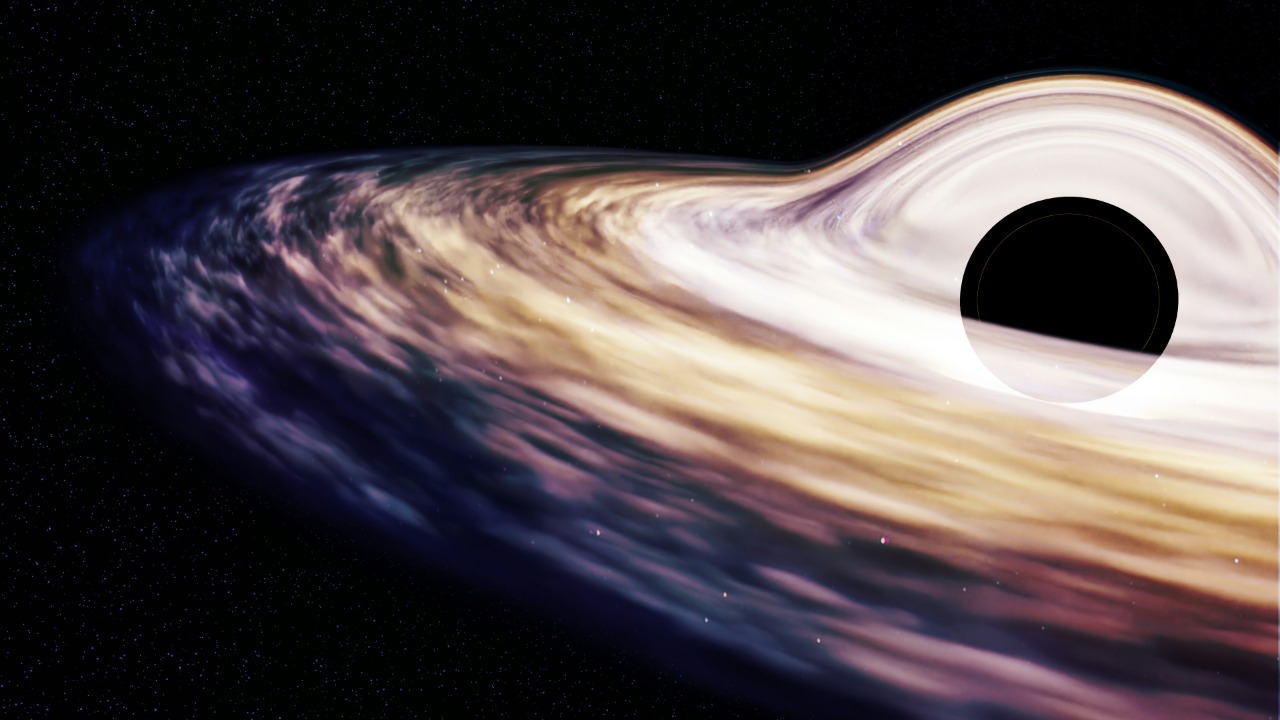
Black holes have long fascinated scientists and the public alike due to their mysterious nature and immense gravitational pull. Recent studies suggest that these cosmic phenomena might be more than just voids in space; they could potentially be hiding entire galaxies within their depths. The intriguing possibility of galaxies lurking in the shadows of black holes and the implications of such a discovery captivate the imagination and push the boundaries of our understanding of the universe.
The Enigmatic Nature of Black Holes
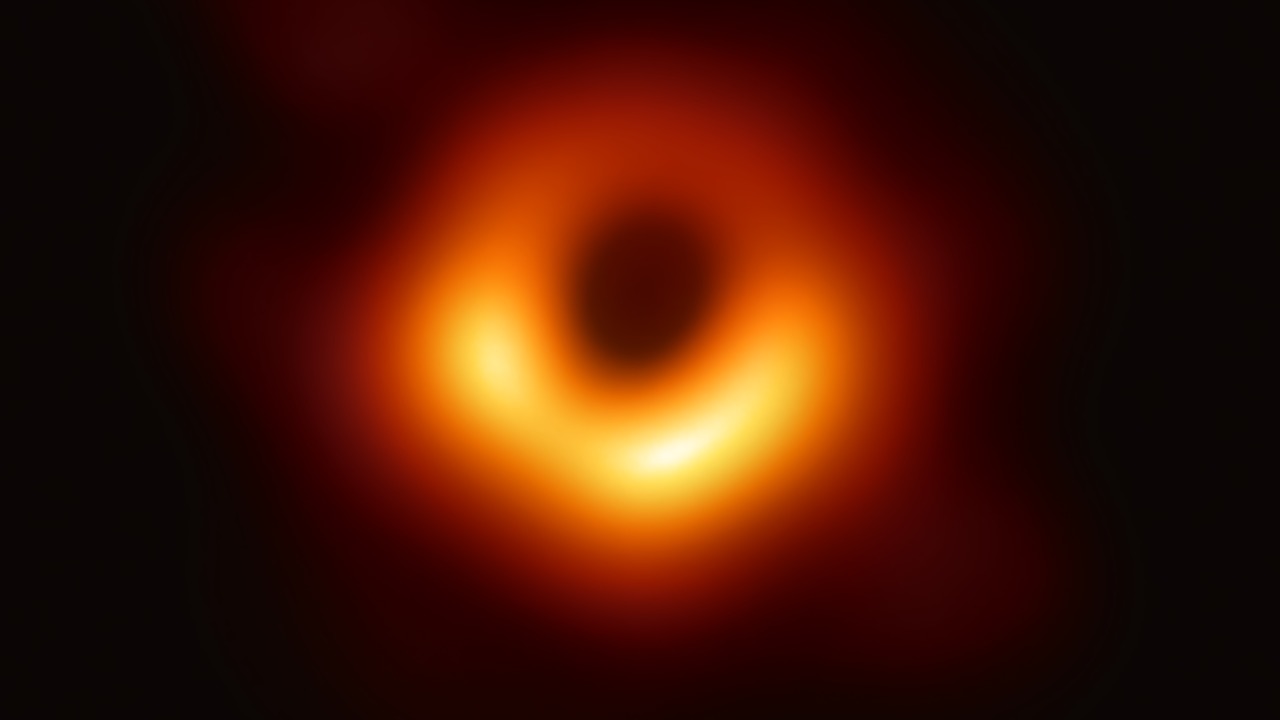
Black holes are regions in space where the gravitational pull is so strong that nothing, not even light, can escape. There are various types of black holes, including stellar black holes, which form from the remnants of massive stars, and supermassive black holes found at the centers of most galaxies. These supermassive black holes can have masses equivalent to millions or even billions of suns, playing a critical role in the formation and evolution of galaxies.
The role of black holes in galaxy formation is significant; they help regulate the growth of galaxies by influencing the distribution and movement of stars and interstellar matter. Detecting and studying black holes requires advanced astronomical technologies, such as X-ray observatories and gravitational wave detectors. These tools allow scientists to observe the effects of black holes on surrounding matter, providing insights into their properties and behaviors.
Theoretical Possibilities of Hidden Galaxies
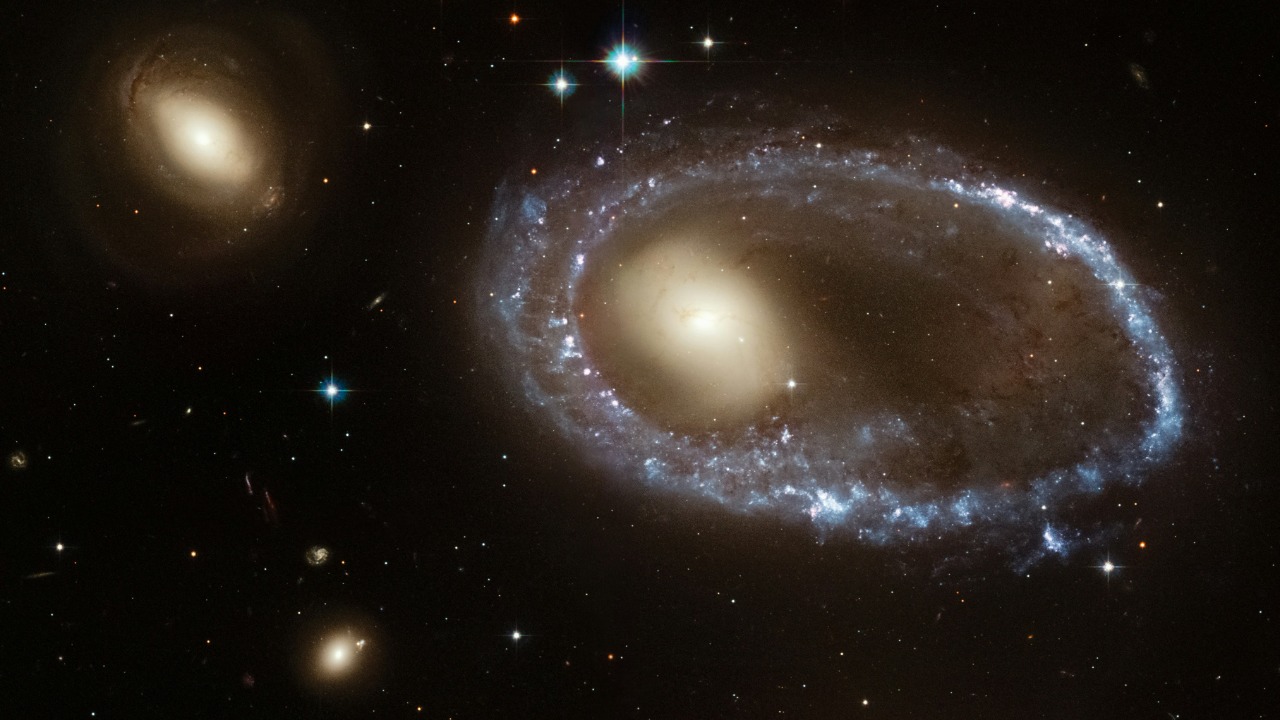
Recent theories suggest that black holes might not just be destructive voids but could potentially harbor entire galaxies within them. This idea challenges conventional understanding, proposing that the immense gravitational pull of black holes might capture entire galaxies, concealing them from direct observation. Recent studies and simulations have begun to explore this possibility, offering intriguing insights into what might lie within these cosmic giants.
However, current models face challenges in adequately explaining how galaxies could exist inside black holes without being destroyed. The limitations of our existing models highlight the need for further research and innovation in theoretical physics. Despite these challenges, the hidden galaxy hypothesis continues to fuel scientific curiosity and drive new investigations into the nature of black holes.
Observational Evidence and Discoveries
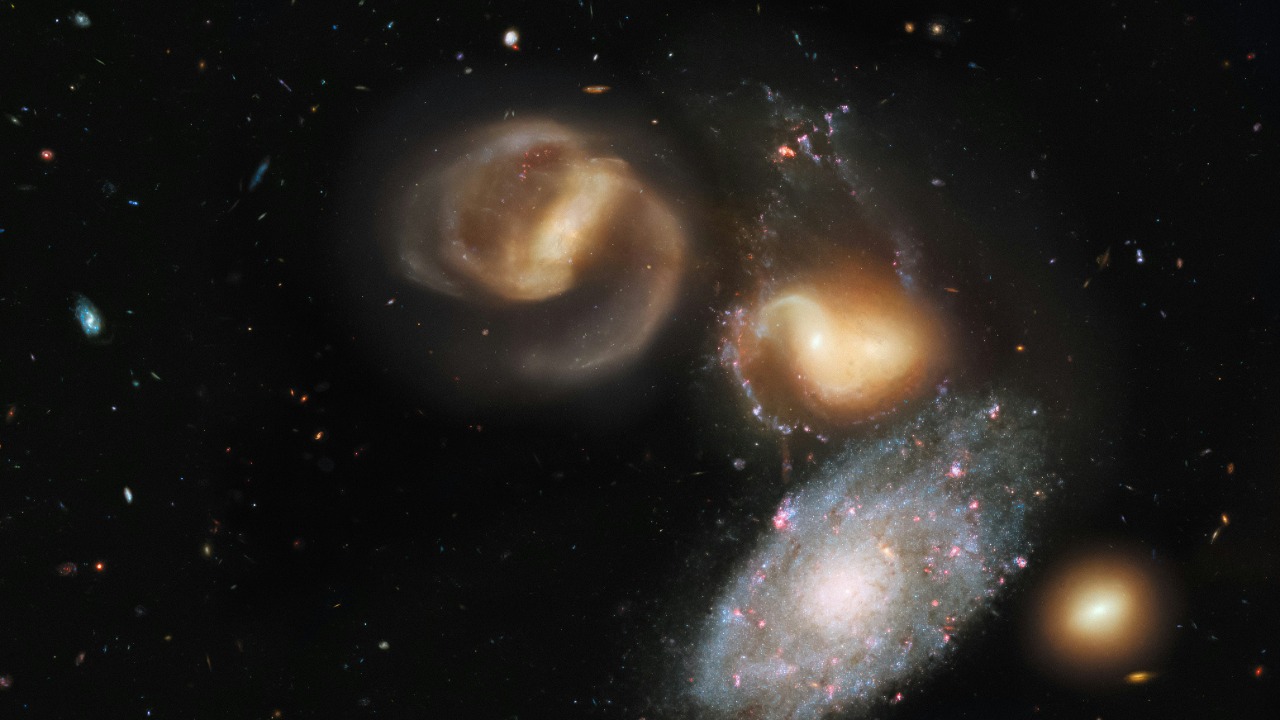
In recent years, observations from NASA and other space agencies have revealed tantalizing hints of hidden galaxies. For instance, studies have uncovered hundreds of hidden black holes, suggesting that there could be billions or even trillions of such cosmic entities concealing galaxies within them. These discoveries challenge our understanding of how black holes interact with their environments and the potential for entire galaxies to exist within their depths.
Case studies of specific black holes have offered further evidence supporting the hidden galaxy hypothesis. Advanced telescopes and technology, such as the James Webb Space Telescope, are playing a crucial role in unveiling these cosmic mysteries. By enhancing our ability to observe distant and obscured regions of space, these tools are helping to shed light on the potential existence of galaxies hidden within black holes.
Implications for Our Understanding of the Universe
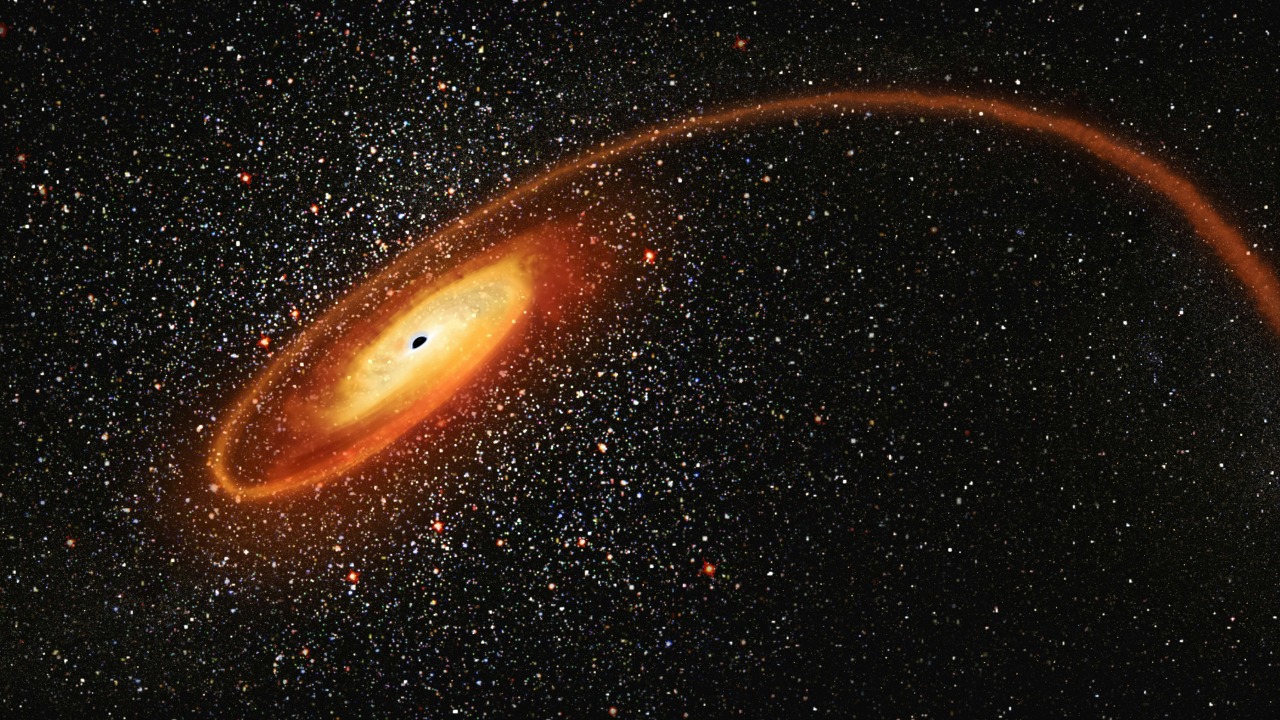
The existence of hidden galaxies within black holes could radically reshape our understanding of the universe’s structure. If confirmed, this discovery would have profound implications for our comprehension of cosmic evolution and the distribution of matter in the universe. It might also impact our theories of dark matter and dark energy, potentially offering new insights into these elusive phenomena.
For astrophysics and cosmology, the confirmation of galaxies within black holes would represent a paradigm shift, challenging existing theories and prompting new lines of inquiry. It underscores the importance of continued exploration and study of black holes as a means to unlock the universe’s deepest secrets and expand our cosmic horizons.
Future Research and Exploration
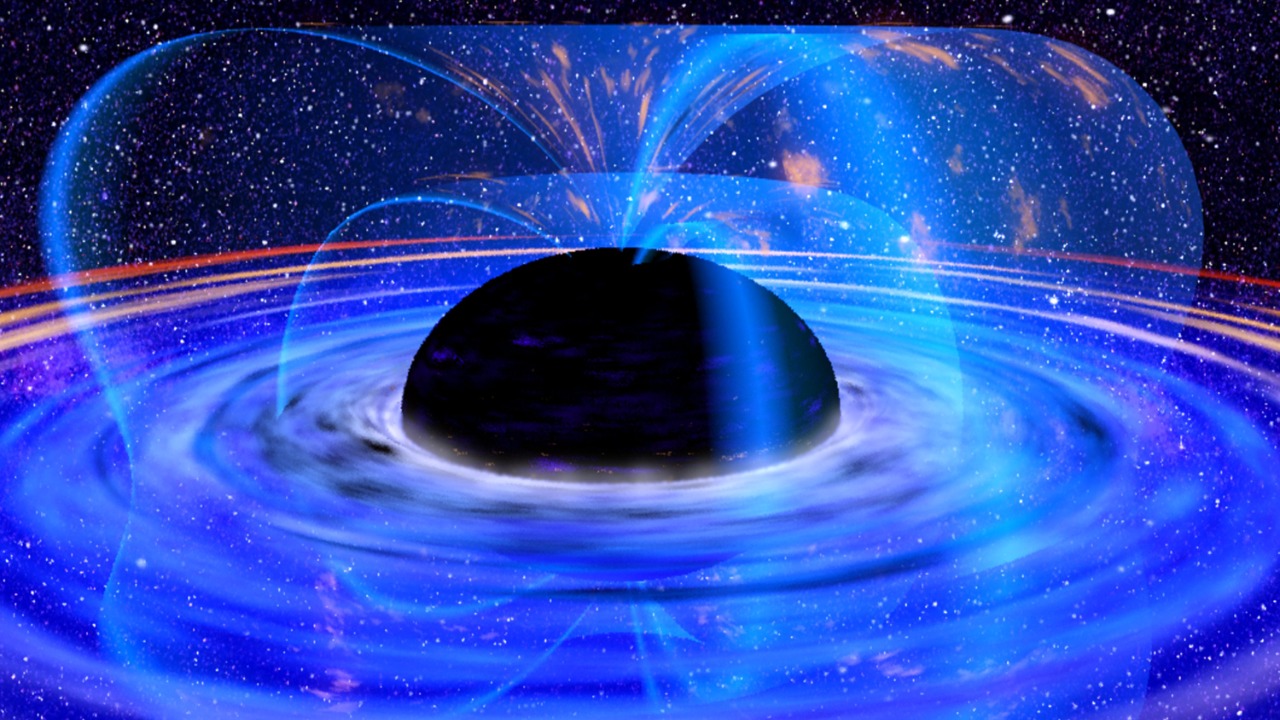
Future missions and technologies are poised to further explore the potential of hidden galaxies within black holes. Upcoming space missions, such as the European Space Agency’s Athena X-ray observatory, aim to enhance our understanding of black holes and their role in the universe. These efforts are complemented by collaborative research among international space agencies and institutions, which are pooling resources and expertise to advance black hole research.
Theoretical physicists and astronomers play a crucial role in these endeavors, working to refine models and propose new theories that can explain the observed phenomena. As our knowledge of black holes continues to grow, so too does our understanding of the universe, promising exciting discoveries and revelations in the years to come.